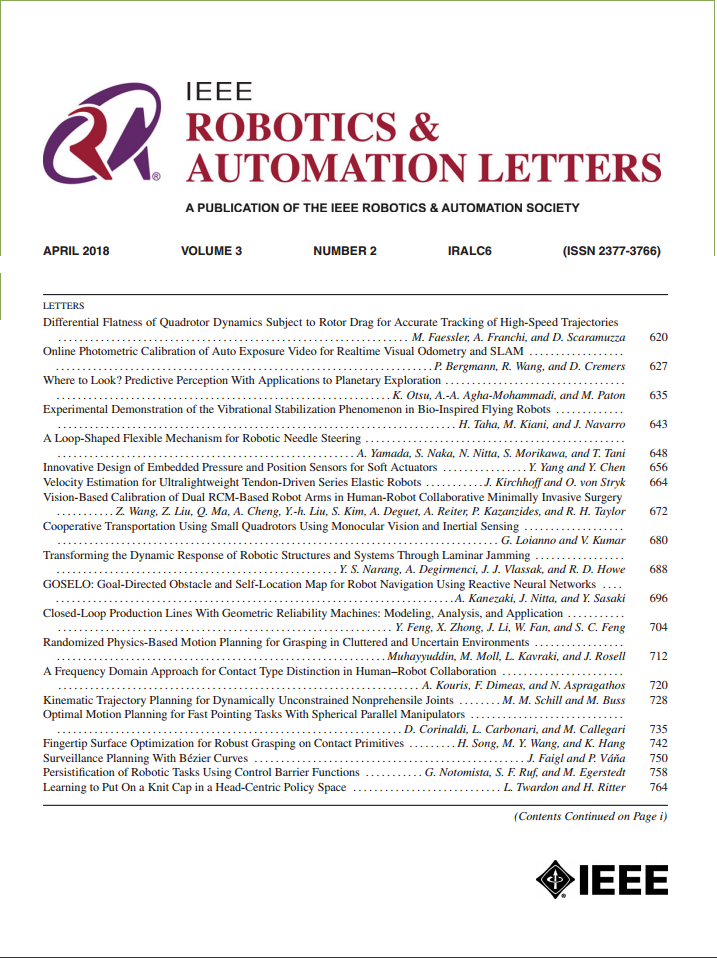A Novel Seamless Magnetic-Based Actuating Mechanism for End-Effector-Based Robotic Rehabilitation Platforms
IF 4.6
2区 计算机科学
Q2 ROBOTICS
引用次数: 0
Abstract
Rehabilitation robotics continues to confront substantial challenges, particularly in achieving smooth, safe, and intuitive human-robot interactions for upper limb motor training. Many current systems depend on complex mechanical designs, direct physical contact, and multiple sensors, which not only elevate costs but also reduce accessibility. Additionally, delivering seamless weight compensation and precise motion tracking remains a highly complex undertaking. To overcome these obstacles, we have developed a novel magnetic-based actuation mechanism for end-effector robotic rehabilitation. This innovative approach enables smooth, non-contact force transmission, significantly enhancing patient safety and comfort during upper limb training. To ensure consistent performance, we integrated an Extended Kalman Filter (EKF) alongside a controller for real-time position tracking, allowing the system to maintain high accuracy or recover even in the event of sensor malfunction or failure. In a user study with 12 participants, 75% rated the system highly for its smoothness, while 66.7% commended its safety and effective weight compensation. The EKF demonstrated precise tracking performance, with root mean square error (RMSE) values remaining within acceptable limits (under 2 cm). By combining magnetic actuation with advanced closed-loop control algorithms, this system marks a significant advancement in the field of upper limb rehabilitation robotics.求助全文
约1分钟内获得全文
求助全文
来源期刊

IEEE Robotics and Automation Letters
Computer Science-Computer Science Applications
CiteScore
9.60
自引率
15.40%
发文量
1428
期刊介绍:
The scope of this journal is to publish peer-reviewed articles that provide a timely and concise account of innovative research ideas and application results, reporting significant theoretical findings and application case studies in areas of robotics and automation.
 求助内容:
求助内容: 应助结果提醒方式:
应助结果提醒方式:


